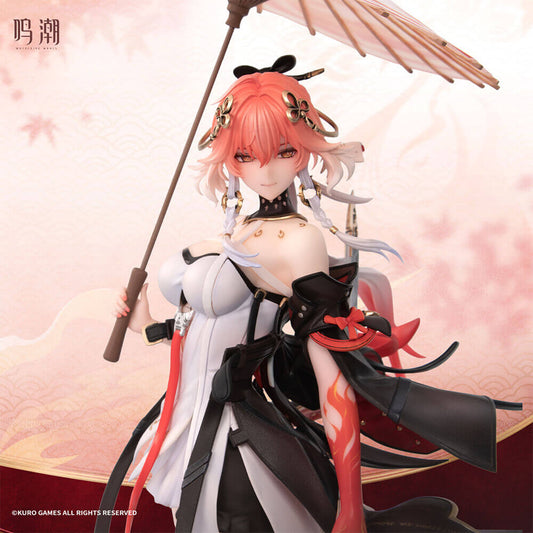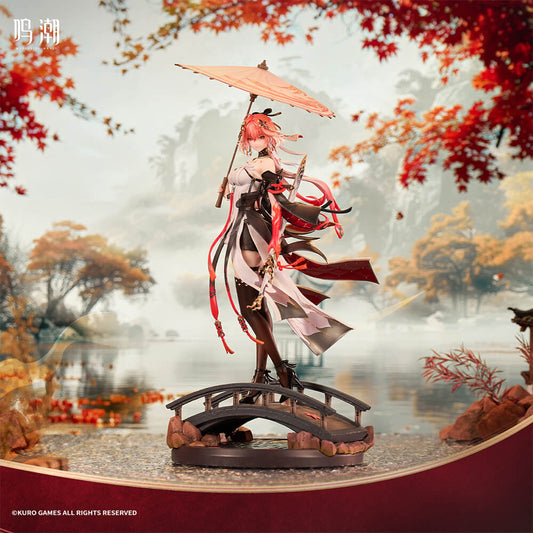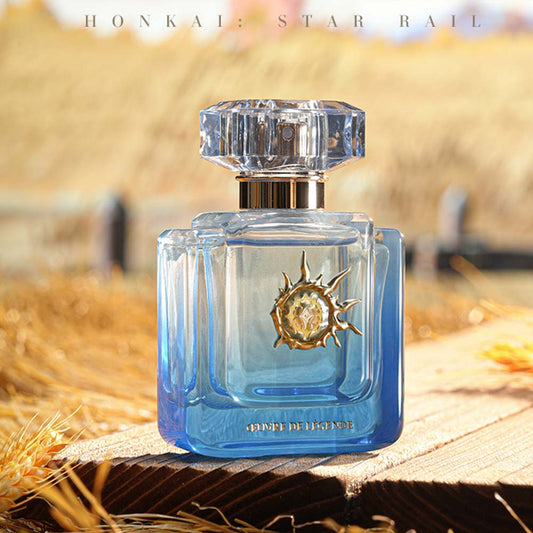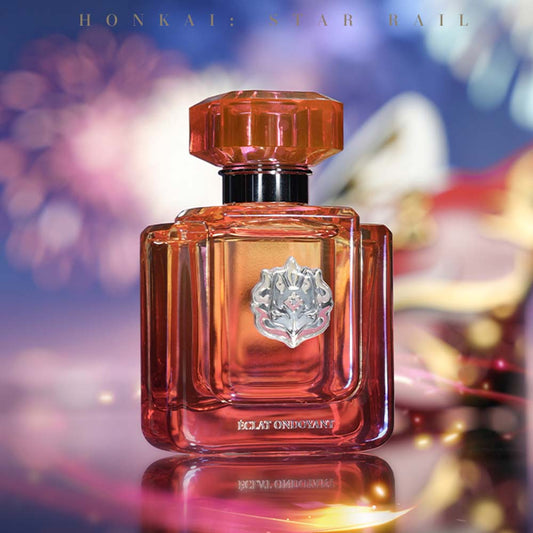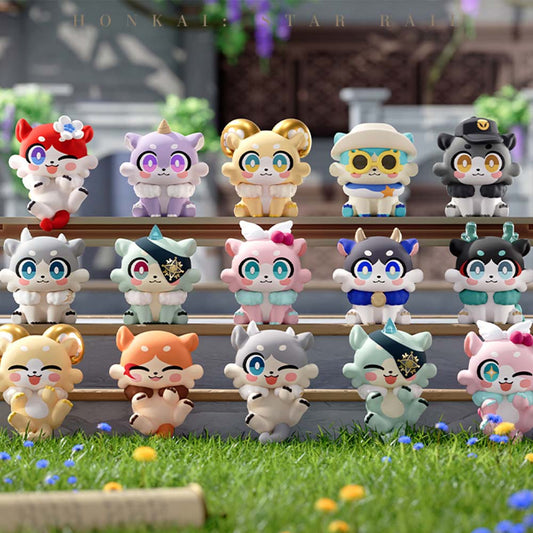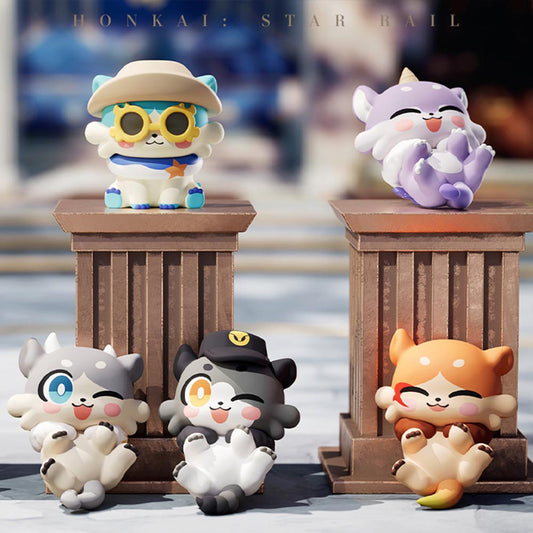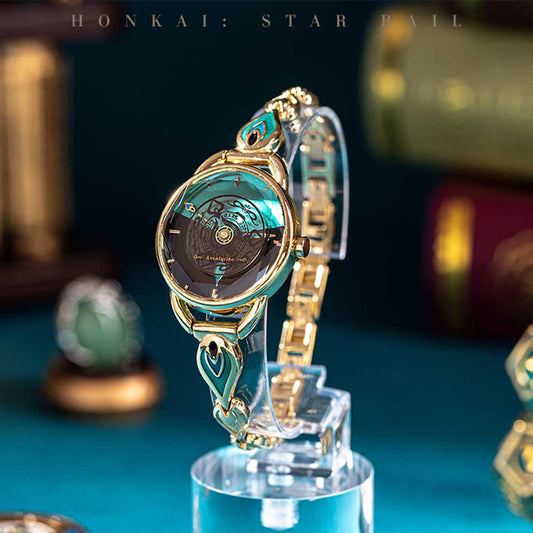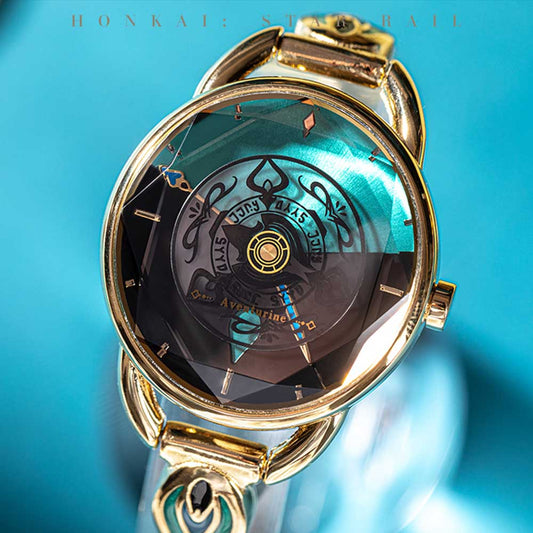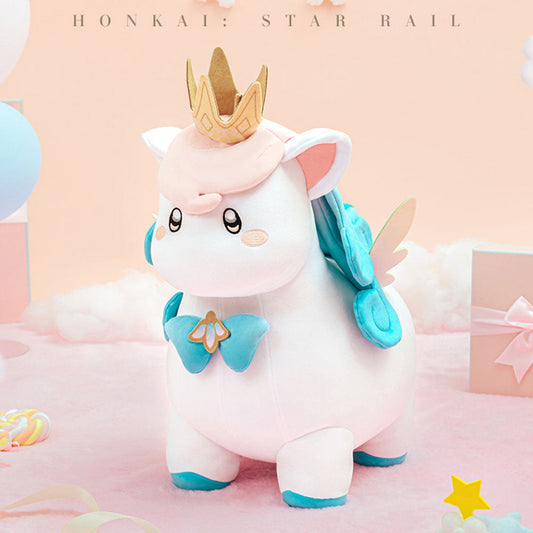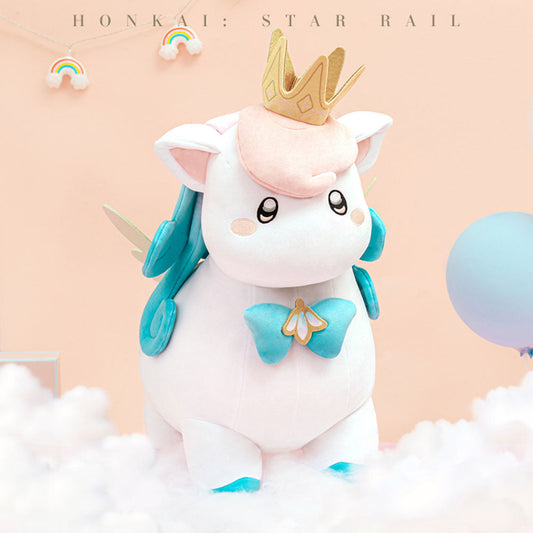The Collector's Nightmare: A Step-by-Step Guide to Fixing Yellowing on PVC Figures

You care about your collection, but dealing with a Collector's Nightmare can be disheartening. It feels bad when your PVC figures turn yellow, and this problem can make you upset and worried about your display. You may ask if you can fix yellowing on PVC figures. There is good news. Science shows sunlight can help fix some yellowing. Many figures get their old color back after a few days in the sun. You do not need to lose hope.
Collector's Nightmare: Why Figures Turn Yellow
Main Causes
You might ask why your favorite figures turn yellow. The main reason is a chemical change called oxidation. When PVC figures touch air, they lose electrons. This makes the plastic turn yellow as time passes. UV light from the sun or indoor lights can make this happen faster. UV rays hit the plastic and knock out electrons. This creates free radicals. Free radicals break down the plastic and change its color. High-quality figures may not yellow as much. Most new figures use better PVC, so yellowing happens less now. Still, anyone can face the Collector's Nightmare if the conditions are right.
-
Oxidation from air
-
UV light exposure
-
Quality of PVC material
Environmental Factors
Yellowing of PVC figures mostly happens because of things in the environment like UV light and heat. These things cause chemical changes in the plastic that make it change color over time.
You might not know how much your display area matters. Sunlight, heat, and indoor lights all play a role. If your figures are near a window or under strong lights, they get more UV rays. Heat can also make yellowing happen faster. Humidity can make it worse, especially in warm, wet places. The Collector's Nightmare often starts with where and how you keep your collection. Here at **Bahomu**, we recommend checking out our collecting and care guides for more tips.
-
Exposure to ultraviolet (UV) light
-
Thermal oxidation
Surface vs. Deep Yellowing
Yellowing does not always look the same. Sometimes, you see a light yellow color only on the outside. This happens when UV rays or air touch just the surface. You can often clean or fix this kind of yellowing. Other times, the yellow color goes deep into the plastic. This means the whole figure has changed. Sunlight can cause both types, but deep yellowing is harder to fix. When UV rays keep hitting the figure, they break down the inside. This can make the plastic weak and easy to break. If you notice yellowing early, you have a better chance to stop the Collector's Nightmare before it gets worse.
Can Yellowing Be Fixed?
What to Expect
You might wonder if you can really fix yellowing on your PVC figures. The answer is yes, you can often make a big difference. Many collectors have tried different methods and seen great results. Some people say their figures look almost new after treatment. Others say the results are "pretty damn good" and believe more treatments could help even more. You may see improvement after soaking your figure in hydrogen peroxide for a while. This method works well for many people.
Tip: If you try a whitening method, start with a small area first. You want to see how your figure reacts before treating the whole surface.
Here are some things you can expect:
-
The yellow color may fade or disappear.
-
The figure might look brighter and cleaner.
-
Sometimes, you need to repeat the process for better results.
-
Deep yellowing may not go away completely, but surface yellowing often improves.
You can feel hopeful. The Collector's Nightmare does not have to last forever.
Risks and Limits
Fixing yellowing is not always easy. You need to know about the risks before you start. Some figures have parts glued together. If you try to take them apart, you might break something. Screws and pins can rust, making it hard to put the figure back together. You could damage the figure during disassembly.
Here are some common risks:
-
Disassembly can be tricky and risky.
-
Removing screws or glued parts may cause damage.
-
Rusty pins can make reassembly tough.
You also need to think about the limits. PVC can break down fast in hot or humid places. The plastic might lose its stretch and tear. Sometimes, chemicals in the PVC react with paint, making the figure sticky. If you use hydrogen peroxide, you might remove artwork or paint along with the yellowing. That can change how your figure looks. For more hands-on advice, check out our DIY & Customization guides.
Note: Always test any cleaning method on a hidden part of your figure first. This helps you avoid big mistakes.
-
PVC may lose elasticity and tear.
-
Paint can become tacky or fade.
-
Artwork may disappear if you use strong chemicals.
You can fix yellowing, but you need to be careful. Some damage cannot be reversed. Always weigh the risks before you start.
Getting Ready
Assessing Yellowing
Take a close look at your figure before you start. Hold it under a bright light and check for yellow spots. Some yellowing sits on the surface. You might see it on the arms, legs, or face. Deep yellowing looks darker and goes into the plastic. Try to spot if the yellowing is only on the outside or if it has spread inside. This step helps you pick the best way to fix your figure.
If you see only light yellowing, you can often clean it off. Deep yellowing may need stronger methods and more time.
Materials Needed
You do not need fancy tools to fight the Collector's Nightmare. Most items are easy to find. Here is a list to help you get started:
-
Rubber gloves (to protect your hands)
-
Paint brush (for applying creams or liquids)
-
Small blender or mixing bowl (for mixing solutions)
-
Isopropyl alcohol (for gentle cleaning)
-
Hydrogen peroxide (for whitening)
-
Retr0bright or salon peroxide cream (for stubborn yellowing)
-
Cling wrap or clear plastic bag (to cover the figure)
-
UV lamp or sunlight (to activate whitening)
-
Cotton gloves (to handle figures safely)
-
Rubber dust blower ball (for dust removal)
-
Antistatic brush (to prevent static and dust)
Experts recommend using hydrogen peroxide. Place your figure in a bin with hydrogen peroxide, cover it with a clear plastic bag, and put it under sunlight or a UV lamp for best results.
Safety Steps
You want to keep your figures safe while you work. Follow these steps to avoid damage:
-
Do not put figures under strong light or in hot, humid places.
-
Keep figures away from windows and terraces. Use cabinets or acrylic boxes with moisture-absorbing packs.
-
Handle figures with cotton gloves to avoid sweat, oil, or scratches.
-
Use a rubber dust blower ball for cleaning. This keeps the figure safe from scratches.
-
Try an antistatic brush to stop dust and static.
-
Never use hot or warm water. It can melt or deform your figure.
Stay careful and patient. Good prep makes the whole process safer and easier.
Fixing Yellowing
Yellowing can make your favorite figures look old and dull. You do not have to give up hope. You can try several methods to bring back the original color and shine. Let’s walk through each method step by step.
Cleaning Methods
Start with the simplest fix. Sometimes, yellowing only affects the surface. You can often remove this layer with gentle cleaning.
Step-by-step cleaning:
-
Put on rubber gloves to protect your hands.
-
Use a soft cloth or an antistatic brush to wipe away dust.
-
Dip a cotton swab in isopropyl alcohol.
-
Gently rub the yellowed area. Do not scrub hard.
-
Wipe off any extra alcohol with a clean, dry cloth.
If the yellowing does not go away, you can try polishing. Use a soft polishing pad and move in small circles. For stubborn spots, some collectors use very fine sandpaper, but you must be careful. Sanding can remove paint or details.
Tip: Cleaning and polishing work best for surface yellowing. If the yellow color goes deep, you may need a stronger method.
Hydrogen Peroxide
Hydrogen peroxide is a popular way to fight the Collector's Nightmare. It can whiten yellowed PVC and make figures look new again.
What you need:
-
Hydrogen peroxide (6% works best, but 3% is safer and just takes longer)
-
Paint brush
-
Cling wrap or a clear plastic bag
-
UV lamp or sunlight
How to use hydrogen peroxide:
-
Put on gloves and work in a well-ventilated area.
-
Use a paint brush to cover the yellowed parts with hydrogen peroxide.
-
Wrap the figure in cling wrap or place it in a clear plastic bag. This keeps the peroxide from drying out.
-
Place the wrapped figure under a UV lamp or in direct sunlight for several hours.
-
Check the figure every hour. When the yellowing fades, rinse the figure with water and dry it with a soft cloth.
Collectors have found that hydrogen peroxide works well, but the results may not last forever. Some figures start to yellow again after a while. Using a 3% solution is safer, but you need more time to see results. Higher concentrations can damage the figure, so always test on a small spot first.
Note: Hydrogen peroxide can remove paint or artwork if you leave it on too long. Always watch your figure during the process.
UV Method
The UV method uses ultraviolet light to break down the yellow color in PVC. Many collectors like this method because it can lighten yellowed plastic quickly. This process is known as photodegradation.

How to use the UV method:
-
Clean the figure first to remove dust and dirt.
-
Place the figure in a spot where it will get direct sunlight or use a UV lamp.
-
Leave the figure under the light for a few hours. Check it often.
-
When the yellowing fades, move the figure out of the light and let it cool.
UV light can help, but it also has risks. Too much UV can fade bright colors and make the plastic weak. If you leave your figure in the sun for too long, it can crack or warp. Some plastics may even yellow more if exposed to too much UV.
Warning: Always monitor your figure during UV treatment. Do not use this method on figures with bright or rare paint.
Whitening Products
Some collectors use special whitening products like Retr0bright or salon peroxide cream. These products can help with stubborn yellowing. You can find many discussions on this in communities like Reddit's r/AnimeFigures.
How to use whitening products:
-
Put on gloves and use a paint brush to apply the cream to yellowed areas.
-
Cover the figure with cling wrap to keep the cream moist.
-
Place the figure under a UV lamp or in sunlight for a few hours.
-
Check the figure often. When the yellowing fades, rinse off the cream and dry the figure.
These products can be strong, so always test on a small area first. They work best for surface yellowing. Deep yellowing may not go away completely.
Tip: Whitening products are cost-effective and easy to find online or at beauty supply stores.
When to Get Help
Sometimes, the Collector's Nightmare is too big to handle alone. If your figure has deep yellowing, cracks, or missing parts, you may need a professional. Rare or expensive figures like the Sonetto 1/7 Scale Figure deserve expert care.
You should seek professional help if:
-
The figure has major damage or deep cracks.
-
The yellowing does not improve after several tries.
-
The figure is rare or very valuable.
Professional restoration can cost between $400 and $750, with a minimum charge of $250. The price depends on the type of figure, the material, and how much work is needed. Experts can fix things that hobbyists cannot, but the cost is high.
Note: Always ask for a quote before sending your figure for restoration. Make sure the restorer has experience with PVC figures.
With patience and care, you can fight the Collector's Nightmare and bring your figures back to life. Try these methods and see which one works best for you.
Safety and Mistakes
Protecting Figures
You want your figures to look their best for years. Taking care of them during restoration matters just as much as fixing yellowing. Here are some simple ways to keep your collection safe:
-
Dust your figures every two weeks. Dust can build up and cause damage over time.
-
Keep figures out of direct sunlight. Sunlight can fade colors and speed up yellowing.
-
Store your figures in a room where the temperature stays between 68 and 77 degrees Fahrenheit. Extreme heat can melt plastic, while cold can make it brittle.
-
Never smoke near your figures. Smoke can stain the paint and make yellowing worse.
-
Let your figures air out now and then. This helps prevent stickiness and black marks.
Tip: Use a soft brush or a rubber dust blower for gentle cleaning. These tools help you avoid scratches.
You can also use display cases or acrylic boxes. These keep dust and sunlight away. If you use a cabinet, add moisture-absorbing packs to control humidity. The team at **Bahomu** is dedicated to helping collectors preserve their treasures.
Common Errors
Mistakes can happen, especially if you rush. Knowing what to avoid helps you protect your figures.
-
Using strong chemicals without testing first. Always try new products on a hidden spot.
-
Leaving hydrogen peroxide or whitening cream on too long. This can strip paint or make plastic brittle.
-
Scrubbing too hard. You might remove paint or scratch the surface.
-
Using hot water. Heat can warp or melt PVC.
-
Forgetting to check on your figure during UV or sunlight treatment. Overexposure can cause fading or cracks.
Remember: Patience pays off. Take your time and check your work often.
If you make a mistake, do not panic. Sometimes, you can fix small problems with gentle cleaning or touch-ups. When in doubt, ask other collectors or seek help from a professional. Your figures deserve the best care you can give!
Preventing Yellowing
Storage Tips
You want your figures to stay nice for a long time. Storing them the right way helps a lot. Keep your PVC figures away from windows and bright lights. Sunlight and heat can make yellowing happen faster. Try to keep the room cool, between 59°F and 75°F. Put your figures in display cases with moisture-absorbing packs. These packs help keep the air dry and protect your figures. Always use clean hands or gloves when you touch your figures. Oil and grease from your skin can hurt the plastic after a while. Find more advice in our storage and display guide.
Here’s a quick table to help you remember:
|
Recommendation |
Description |
|---|---|
|
Avoid high temperatures and sunlight |
Keep figures out of the sun and in a cool place. |
|
Protection from moisture |
Put desiccants in cases to soak up water in the air. |
|
Prevent contact with grease |
Wash your hands or wear gloves before touching figures. |
Environmental Control
You can change the room to help your figures last longer. Keep your figures in a place where the temperature does not change much. Try to keep the air dry and not humid. Use moisture-absorbing beads or bags in your display case. These small things help stop damage. Never put figures near heaters or air conditioners. Big changes in temperature can hurt the plastic. If you live where it is humid, check your figures often for yellow spots.
Tip: The best place for your collection is a cool, dry room.
Using Top Coat
You might think using a clear top coat will stop yellowing. Many collectors try this, but it does not always work. Some people say yellowing comes back fast after using top coat. Sometimes, the top coat mixes with the plastic and makes things worse. If your figure has brominated flame retardants, yellowing may still happen. Always test any product on a hidden spot first. Top coats might not protect your figure as much as you hope.
Maintenance
Taking care of your figures often keeps them looking new. Dust your figures every week with a glass cloth or cotton swab. Clean oily spots with a gentle soap. Never use hot water because it can bend or melt the plastic. Put moisture-absorbing bags in your display case. Store your figures in a cool, dry place away from strong light. These habits help you stop the Collector’s Nightmare before it starts.
Remember: Simple habits keep your collection safe and your figures bright!
You now know how to tackle yellowing on your PVC figures. Try gentle cleaning, hydrogen peroxide, or whitening creams to bring back their shine. Remember, patience and care make a big difference. Store your figures in cool, dry places and dust them often. Most yellowing can be improved if you act early.
Got your own tips or stories? Share them below! Your advice might help another collector. 😊
FAQ
Can you fix yellowing on painted areas?
You can try, but be careful. Whitening methods may remove paint. Always test on a hidden spot first. If the paint starts to fade or peel, stop right away.
How long does hydrogen peroxide treatment take?
Most treatments take 2 to 6 hours in sunlight or under a UV lamp. Deep yellowing may need more time. Check your figure every hour to avoid damage.
Is Retr0bright safe for all PVC figures?
Retr0bright works for many figures, but not all. Some plastics react badly. Always test a small area first. If you see melting or color loss, rinse off the product.
What should you do if yellowing comes back?
Yellowing can return over time. Store your figures in cool, dry places. Use display cases and moisture packs. Clean and check your collection often to catch problems early.
